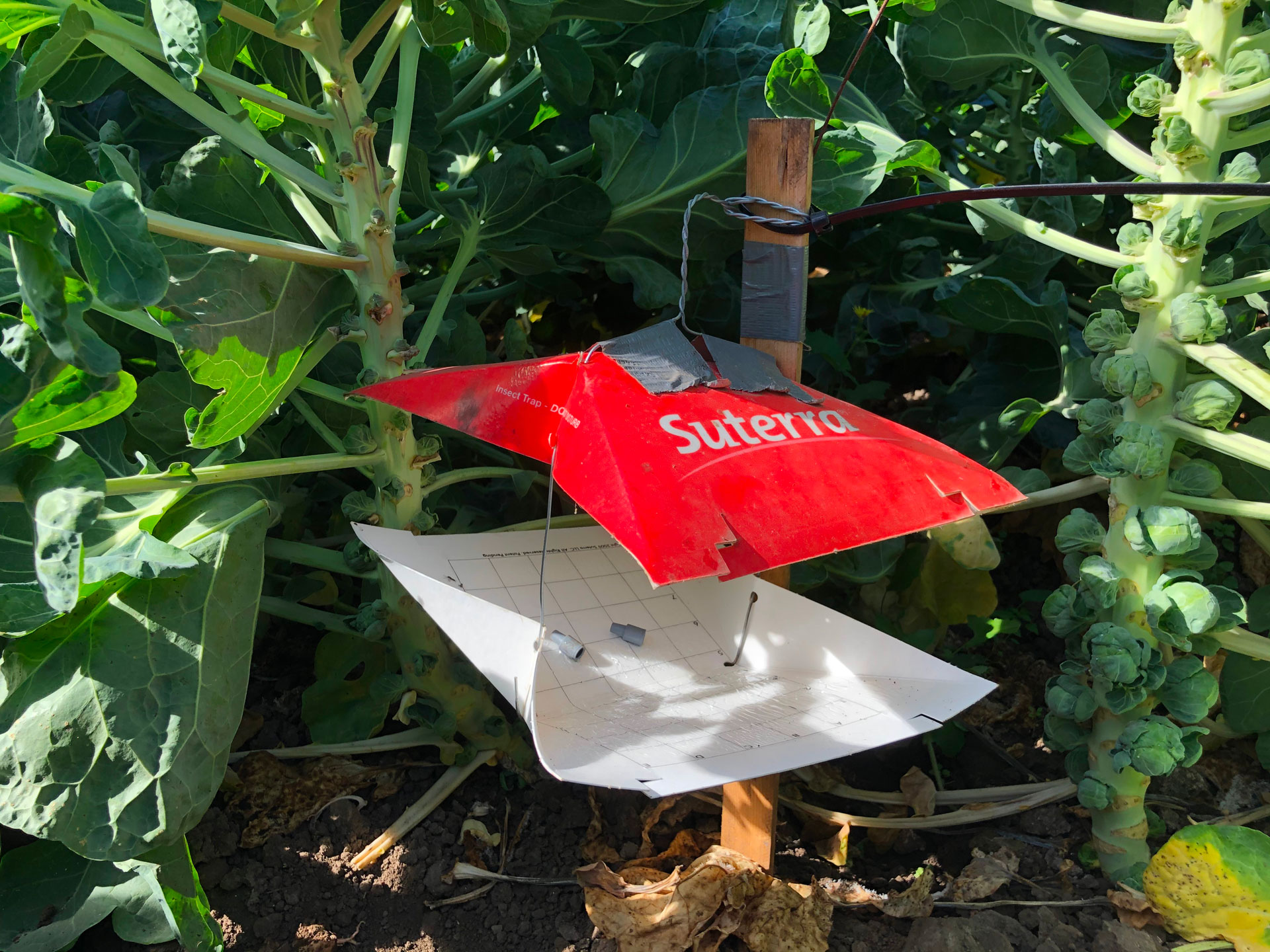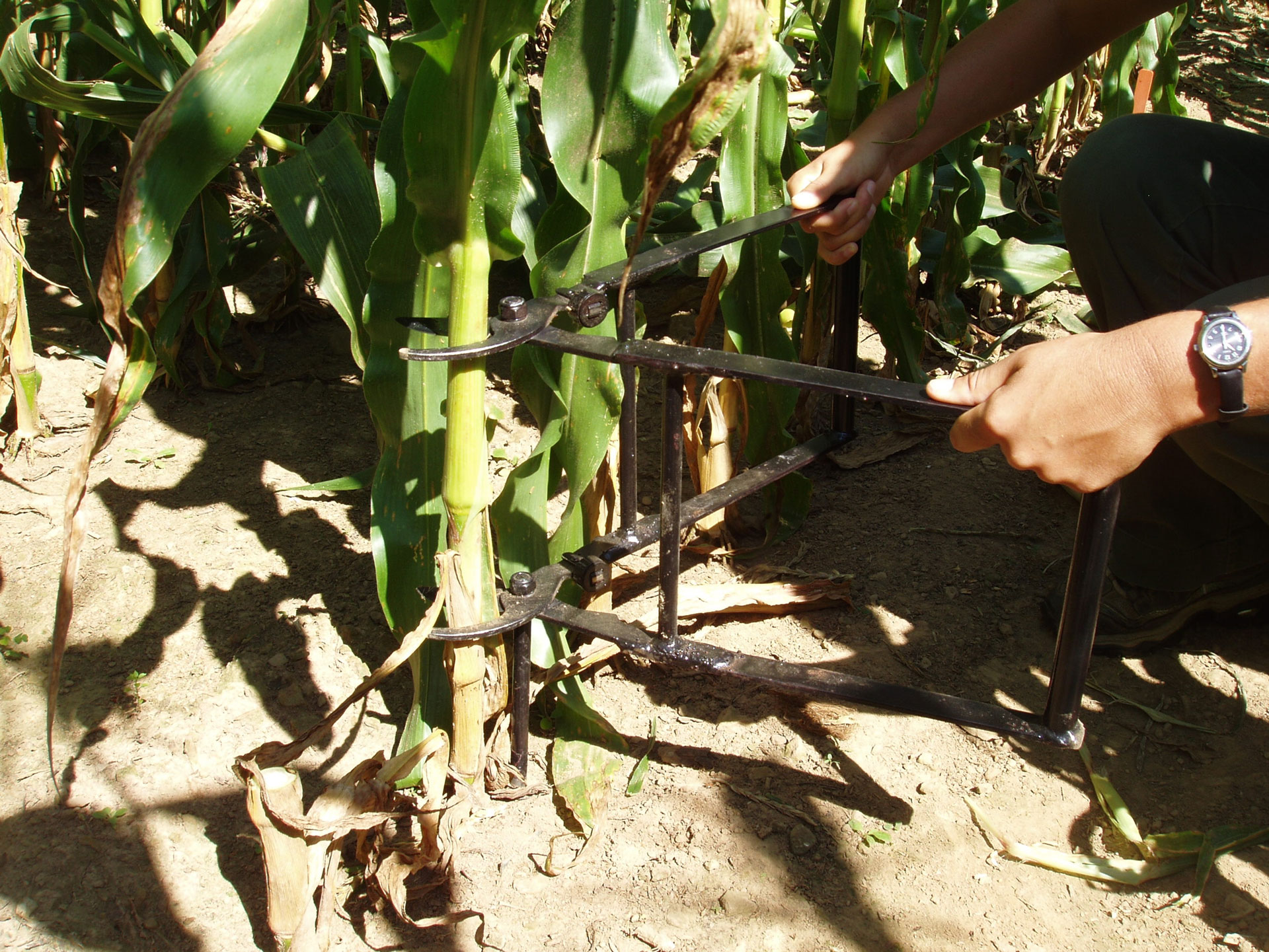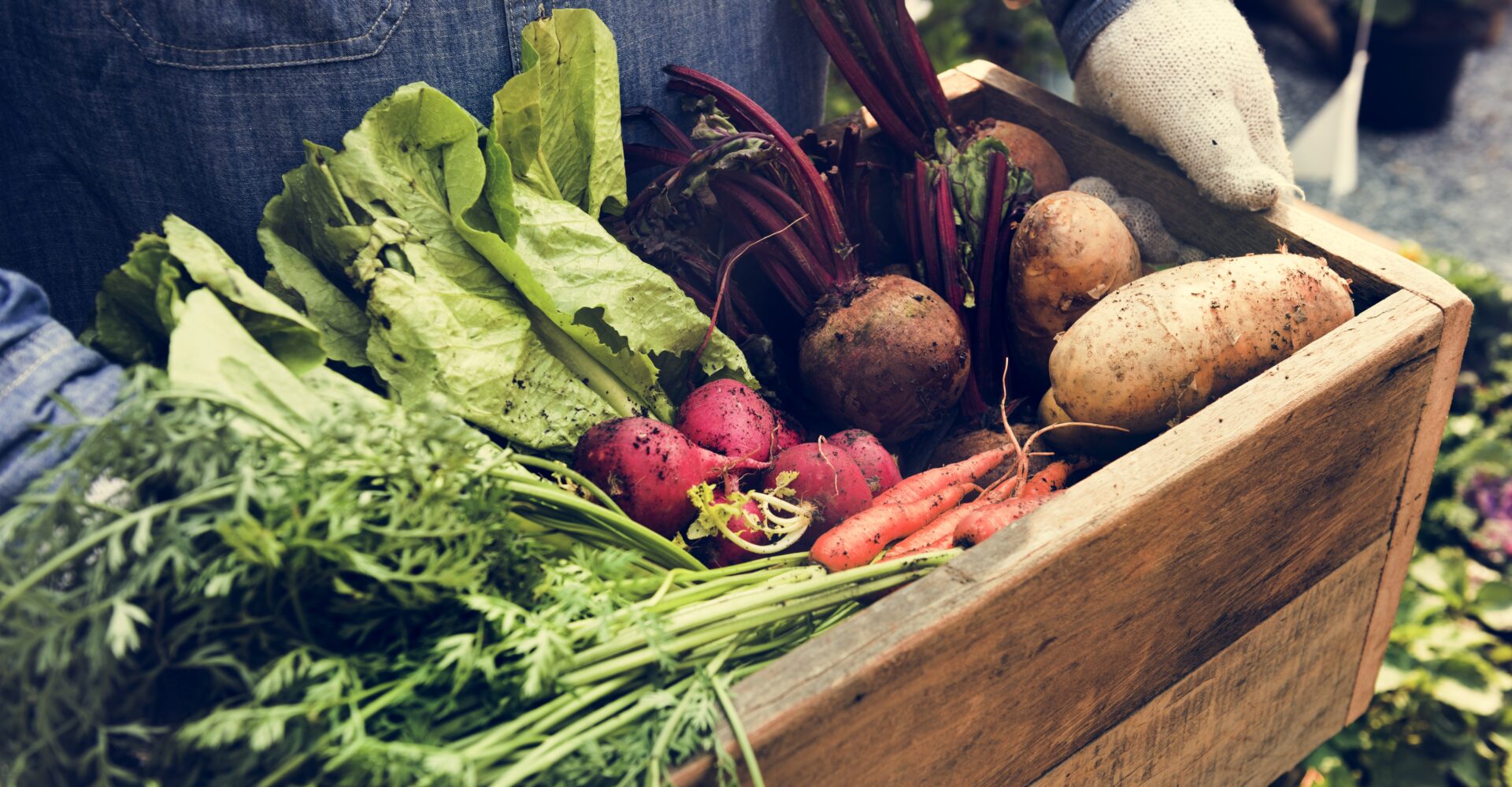
The practice of rotating alfalfa with tomatoes was once more popular than it is today, but recent research suggests it offers soil health benefits in organic tomato crops.
Researchers Nicole Tautges, Emily Woodward and Dan Putnam tested a three-year rotation of tomatoes, corn and alfalfa at the UC Davis Russell Ranch Sustainable Agriculture Facility. According to their research, alfalfa benefited tomato yields when in rotation, with fruit yields between 10% to 26% greater following three-year alfalfa as compared to following corn in a two-year tomato-corn rotation.
“This research was motivated by a lot of anecdotal or observational evidence that growers reported seeing on the ground in their crop rotation,” said Tautges, now a researcher with Michael Fields Agricultural Institute in East Troy, Wisc. “A lot of growers would say that they have better soil health and the soil was more workable following alfalfa compared to following other annual crops. They’re seeing yield boosts. They’re seeing decreases in disease and pathogen pressure in the following vegetable crop.”
Tautges said there has been limited research into forages and what exactly the biological and chemical mechanisms were that were driving those comments from growers.
“It’s all qualitative at this point. So, I wanted to take a stab at doing that research,” she said.
Tautges explained they measured a suite of soil health indicators – biological, chemical and physical – in the soil at the end of the alfalfa crop compared to the corn as their annual control. They compared the indicators at the end of each rotation crop with the objective of seeing how the differences persisted in time throughout the rotation. They planted tomatoes after both crops and measured the same indicators in the tomatoes to see how they compared to the findings from the previous crop.
In addition to monitoring the various indicators in the soil, they kept track of yields from the tomato crops and found an increase in tomatoes that followed alfalfa.
“We saw about a 3- to 5-ton-per-acre increase in tomato fruit yields. At times, we did see even up to 10 tons per acre,” she said. She said while there were some individual cases of higher yields, the increase was generally around 10% minimum.
She said they also noticed some other results visually. The plants were greener, bushier and bigger. “There was a real visual difference in the vine health among the systems, and I think that contributed to the stronger yields also.”
Their research findings broke down findings in terms of soil health. The research showed alfalfa enhanced soil microbial biomarkers and the nitrogen uptake of the soil microbial pool after three years compared to the corn. The alfalfa also showed higher levels of mycorrhizal fungi in the soil. The mycorrhizal fungi biomarkers were 45% higher in alfalfa soil than in corn soil.
There were differences in nutrients as well. The research states total dissolved nitrogen in the soil solution was more than two times greater following corn than following alfalfa. That dissolved nitrogen represents a pool of potentially leachable nitrogen, the research explains. It also states greater potentially leachable nitrate in the fall lead to greater measured nitrate leaching losses over the winter. According to the research, nitrate leached with winter precipitation was lower following alfalfa compared to conventional corn.
When it comes to nitrogen, Tautges said things get more complicated.
“There should be nitrogen going into the microbial community and there should be nitrogen going into the soil by all of the organic matter decomposition that we’re getting from the alfalfa,” she explained.
Another result from the alfalfa rotation is a change in soil structure. The researched showed alfalfa greatly improved soil aggregation, which Tautges said is an important indicator of soil structure.
“We had hypothesized that alfalfa having a deeper, bigger root system would be punching more holes in the soil and aerating the soil more. Fungi that were being maintained better in the alfalfa system would be leading to better soil aggregation through the compounds fungi secrete,” she explained.
While those factors were leading to improved soil aggregation, one factor of growing alfalfa was having a counter effect. “The haying activities also were increasing bulk density because you’re driving equipment across the field a lot without using any tillage to break it up again.”
The research did find a couple of issues with the alfalfa rotation. Findings indicated the alfalfa tended to deplete soil cations, which left low levels of potassium and calcium fertility for the following tomato crop. However, overall, researchers determined alfalfa benefits biological and physical soil health parameters and tightens nitrogen cycling.





